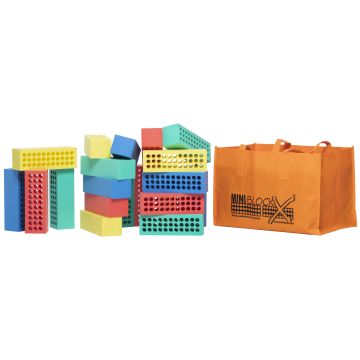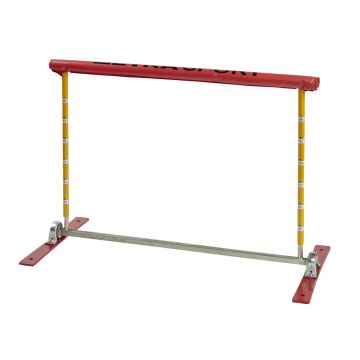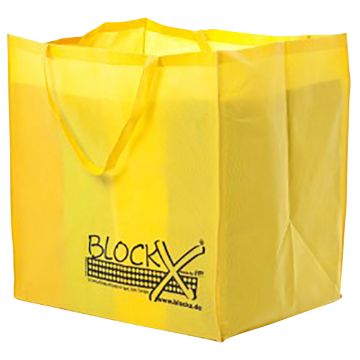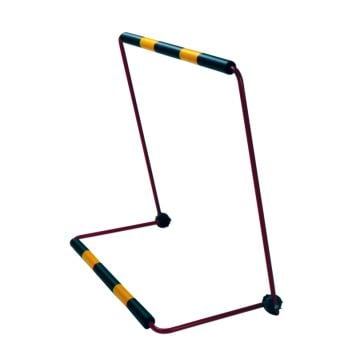Training Hurdles
Training hurdles for athletics
What is the difference between training hurdles and competition hurdles?
Hurdling requires many coordinative skills. For children and beginners, hurdles are often used, which are padded or lower, for example. Hurdles without counterweight are also often used in training operations, they tip over more quickly on contact, which relieves beginners of the fear of getting caught in the hurdle if they overrun. In addition, compared to competition hurdles with counterweights, these hurdles are lighter and therefore easier to transport, which makes everyday training easier. Since all these hurdles do not meet the requirements of the German Athletics Association DLV or World Athletics, they must not be used in competition and are therefore referred to as training hurdles or exercise hurdles. The use of training hurdles and exercise hurdles is not only limited to the hurdles themselves, in athletics and other sports they are also often used to train speed, general coordinative skills or jumping ability.
Training hurdle is not the same as training hurdle
Training hurdles are used for a variety of purposes and therefore differ in shape, material and height. So-called mini-hurdles, also called coordination hurdles, are used for example for coordinative drills, speed or rhythm training in hurdle training. They are low and are therefore suitable for training with a focus on footwork. The younger athletes also like to use mini hurdles to get into obstacles. Foam blocks such as the BlockX are also used for both. These can be stacked at different heights and thus adapted for a wide variety of training purposes. There are also special children's hurdles at lower and child-friendly heights, which are used in children's athletics and there also in competitions.
Beginners benefit from the so-called Zachariah hurdles. These have a padded slat and are infinitely adjustable in height. Zachariah hurdles are also often used to train jumping ability. Pendulum hurdles are also training hurdles. They are usually also adjustable in the usual competition heights and can be overrun from both sides. Since it also cannot fall over, it is extremely popular in training. Finally, there are hurdles to be mentioned here, which are available in the official height adjustments, but have no counterweight in the hurdle foot. They are easy to carry and fall more easily, which also helps inexperienced hurdle sprinters.
Buying training hurdles
In our range you will find different exercise hurdles for every aspect of your athletics training. In addition to the padded Zachariahurdles, you will also find high-quality training hurdles from Polanik®, such as the Polanik® pendulum hurdle or the Polanik® children's hurdle. You will also find the well-known BlockX®, as well as suitable hurdle feet or Mini-BlocckX®, in our range. In addition, we offer you a wide selection of different mini hurdles and coordination hurdles in many heights for coordinative work. The Kübler Sport training hurdle with a wooden slat can be adjusted to the official heights with a simple height adjustment and can also be used in the hall thanks to its light weight. Despite the lack of counterweights, the hurdle is very stable. Our return hurdles have a height adjustment for many different heights and have a stand-up function that makes the annoying re-erection unnecessary if the hurdles fall over.

















